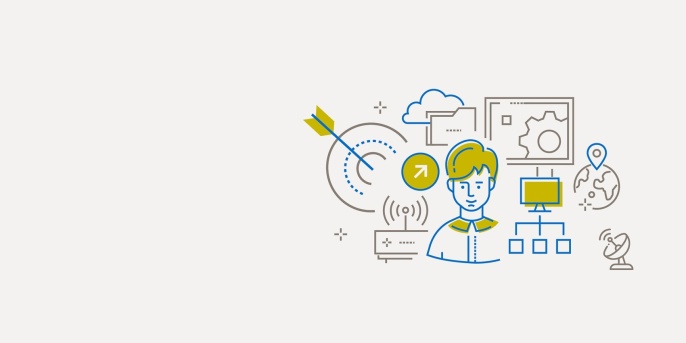Business success is the result of innovative ideas, forward-looking strategies and perfectly tailored IT solutions that provide optimal support to companies as they face their own particular challenges. This always involves the contribution of people who bring the right mix of technological expertise and a deep understanding of the customer’s particular business.
adesso’s strategy rests on three pillars: deep knowledge of the sector on the part of our employees, comprehensive technological skills and tried-and-tested methods for implementing software projects. The result is superior IT solutions that take companies further down the path of digital transformation and boost their competitiveness.











